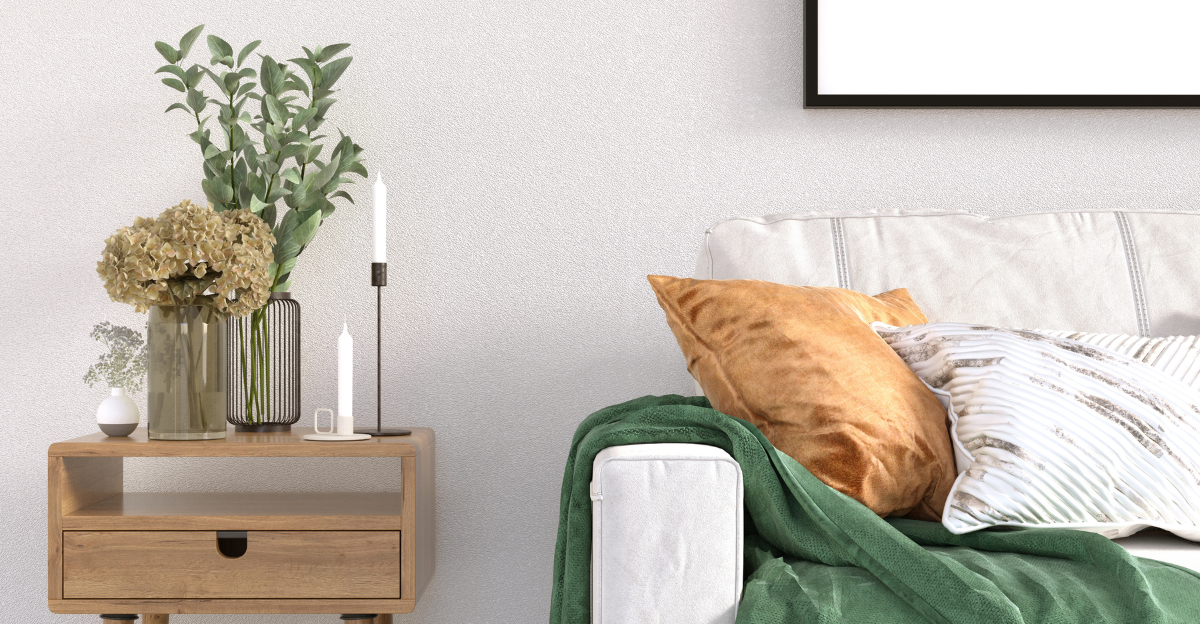Mixing classic and modern pieces in your home or wardrobe can feel tricky, but it doesn’t have to be. When done right, blending old and new creates a unique style that feels both timeless and fresh. The key is knowing how to balance contrasting elements so everything works together without clashing or losing your personal touch.
1. Choose a Dominant Style and Let the Other Play Support
Picking one style to lead the way makes everything easier. If you love sleek modern furniture, let that fill most of your space, then sprinkle in a few classic treasures like a vintage mirror or an heirloom chair.
This approach prevents your room from looking confused or cluttered. Think of it like adding seasoning to food—a little goes a long way.
When modern takes the lead, classic pieces become special highlights. When classic dominates, modern accents keep things feeling current. Either way, you stay in control of your style story without things feeling mismatched or chaotic.
2. Start with a Neutral Base to Unify Contrasting Pieces
Neutral colors are your secret weapon when blending different eras. Walls painted in soft whites, beiges, or grays create a calm backdrop that lets both old and new pieces shine.
Without a neutral foundation, bold patterns and contrasting styles can fight for attention. A simple base color ties everything together like invisible glue.
Consider neutral flooring and large furniture pieces too. Once your foundation is set, you can layer in colorful accents from any era. This strategy works in fashion as well—neutral basics let statement pieces from different times coexist peacefully on your body.
3. Stick to a Cohesive Colour Palette Across Old and New Elements
Color creates visual harmony even when styles differ wildly. Pick three to five colors and repeat them throughout your space, whether on modern sofas or classic curtains.
For example, navy blue cushions on a sleek couch can match navy details in an antique rug. Suddenly, pieces from different centuries feel like they belong together.
Avoid introducing too many competing colors, which creates visual noise. When your color story stays consistent, your eye moves smoothly across the room. This trick works magic—people notice your style, not the era clash that could have happened.
4. Balance Shapes and Lines by Pairing Curves with Straight Edges
Mixing shapes adds visual interest and prevents boredom. If your modern furniture has clean, straight lines, soften the look with a curved classic chair or a round vintage table.
Contrast creates energy in a room. Too many straight edges feel rigid, while too many curves can seem unfocused.
Balance is everything here. A boxy modern bookshelf looks fantastic next to an ornate mirror with flowing details. The straight lines ground the space while curves add warmth and personality. Your room gains dimension and character when different shapes dance together instead of competing.
5. Mix Materials Thoughtfully Like Wood, Glass, Metal, and Velvet
Different materials bring texture and depth to any space. Pairing a wooden antique table with modern metal chairs creates conversation between eras through material contrast.
Glass adds lightness and keeps things from feeling heavy. Velvet brings luxury and softness, whether on a modern sofa or classic ottoman.
Think about how materials feel and look together. Warm wood balances cool metal, while smooth glass contrasts beautifully with rough textures. Mixing materials intentionally shows sophistication and prevents your space from looking flat or one-dimensional. Each material tells part of your style story.
6. Use Statement Pieces to Anchor the Mix
Every great space needs a star. Choose one bold piece—maybe a stunning antique mirror or a dramatic modern lamp—and build your room around it.
Statement pieces act like anchors, giving your eye somewhere to land. They set the tone and make design decisions easier because everything else supports the star.
An ornate vintage chandelier can make modern furniture feel more special. A sleek contemporary sculpture can energize a room full of traditional pieces. Pick your hero piece first, then select supporting players that complement rather than compete with it.
7. Layer Textures for Depth with Plush Rugs and Sleek Furniture
Texture makes rooms feel alive and inviting. Smooth modern surfaces need something soft to balance them out, like a plush vintage rug or chunky knit throw.
Layering different textures prevents spaces from feeling cold or sterile. A sleek leather couch becomes cozier with fuzzy pillows and a woven blanket.
Mix shiny with matte, rough with smooth, soft with hard. These contrasts create richness that flat, single-texture rooms lack. When textures play together, your space gains personality and warmth. People want to touch things and settle in, which means you nailed the mix.
8. Repeat Accent Colours or Finishes to Tie Old and New Together
Repetition creates rhythm and connection. If your modern lamp has brass details, echo that finish in a vintage picture frame or classic doorknob across the room.
Repeating small details makes mismatched pieces feel intentional. Your eye picks up on these connections and reads the space as thoughtfully designed rather than random.
Color repetition works the same way. A pop of emerald green in modern throw pillows can match the green in an antique vase. These visual echoes whisper that everything belongs together, even when styles span decades or centuries.








